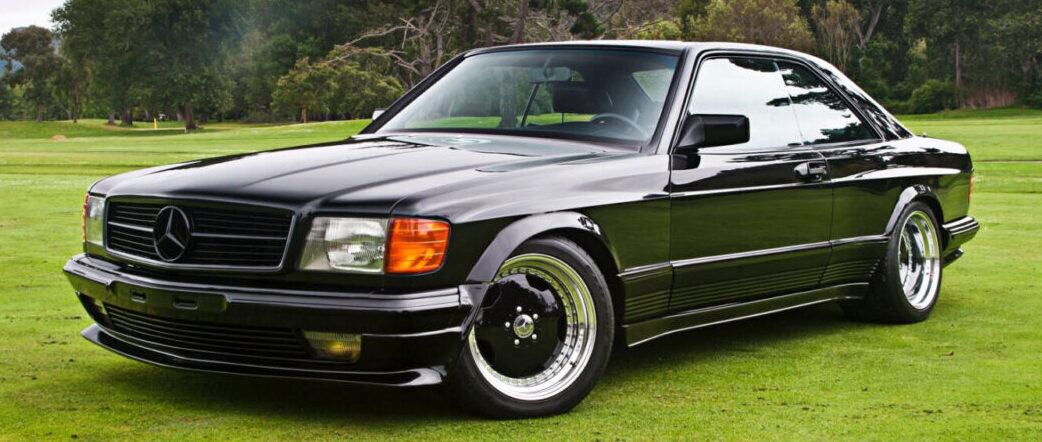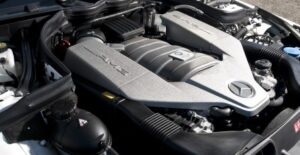Mercedes-AMG: From racing workshop to performance legend
1. A small workshop with big dreams
2. Engine innovation and global expansion
3. Partnership with Mercedes-Benz
5. AMG today: Legacy of speed and precision
A small workshop with big dreams
The Mercedes-Benz brand has always captured the imagination of tuning companies, but none has become as inseparably linked with the Stuttgart manufacturer as AMG. Founded in the small town of Burgstall, Baden-Württemberg, and later based in Affalterbach, just northeast of Stuttgart, AMG has grown from a small workshop into a global performance powerhouse.
The company was officially established in June 1967 by Hans-Werner Aufrecht, a former Daimler-Benz engineer, and Erhard Melcher. In its earliest years, AMG focused almost exclusively on engine and suspension development, fueling a highly successful racing program. Before long, however, the brand expanded into body kits, wheels, and eventually complete performance cars—either built to customer specifications or offered as turn-key machines.
Engine innovation and global expansion
A major milestone came in 1983, when AMG developed a four-valve-per-cylinder head for the Mercedes V8 engine. This breakthrough led to legendary models like the AMG Hammer, which became a symbol of uncompromising performance. Soon, AMG’s reputation spread far beyond Germany, reaching enthusiasts in the United States, Japan, and beyond. By 1987, the firm was producing the mighty 500SL 6.0 AMG, a bored-out, six-liter V8 beast that cemented its status as a serious performance car maker.
Partnership with Mercedes-Benz
The real turning point came in October 1990, when AMG secured an agreement with Mercedes-Benz allowing its tuning parts to be sold and installed directly through official dealerships. By 1991, complete AMG vehicles were available in Mercedes showrooms, a move that made the partnership official in the eyes of the public.
On the racing front, AMG’s expertise was recognized at the highest level, as it began preparing factory DTM (German Touring Car Championship) machines in collaboration with Mercedes.
Becoming Mercedes-AMG
The relationship culminated on January 1, 1999, when DaimlerChrysler acquired a 51% stake in AMG, creating Mercedes-AMG GmbH. This merger not only sealed the bond between the two brands but also set the stage for AMG’s transformation into a global symbol of luxury performance.
AMG today: Legacy of speed and precision
Today, Mercedes-AMG represents the pinnacle of German engineering and motorsport heritage, embodying a spirit that began in a small workshop more than half a century ago. From racing circuits to city streets, AMG continues to carry the legacy of speed, precision, and innovation. Each vehicle combines cutting-edge technology with meticulous craftsmanship, offering drivers an unmatched blend of performance, luxury, and driving excitement. With a commitment to pushing boundaries, AMG remains a symbol of passion for automotive excellence worldwide.
Are you already a proud owner of a Mercedes? If so, check out our selection of parts for this car at the following link:
https://octoclassic.com/product-category/mercedes-benz
Photo sources: mercedes-amg-classic.com, Pinterest









